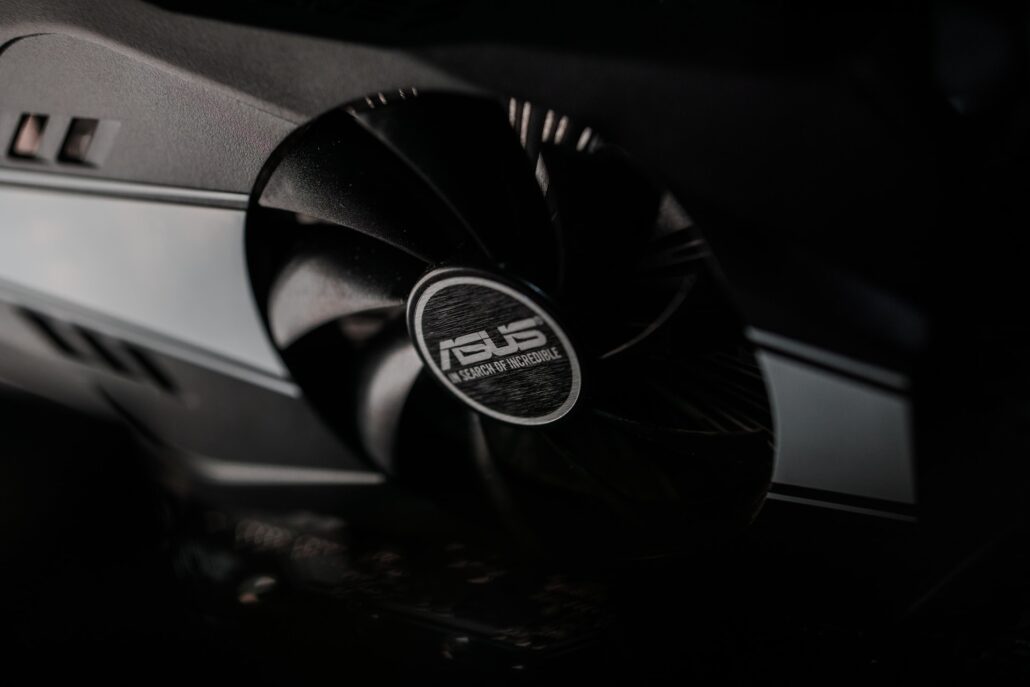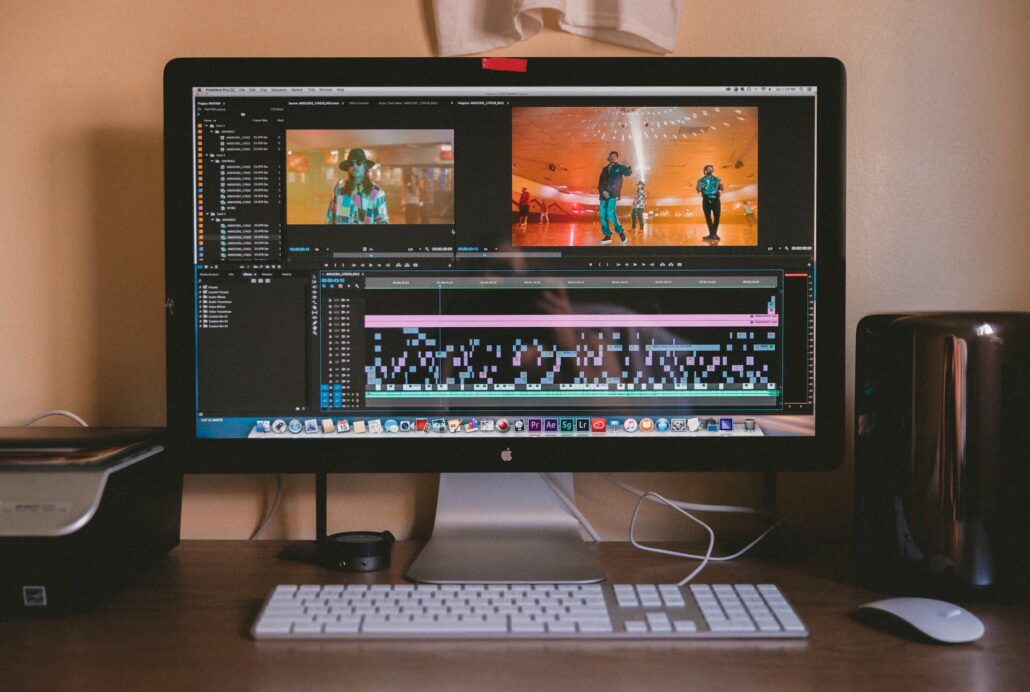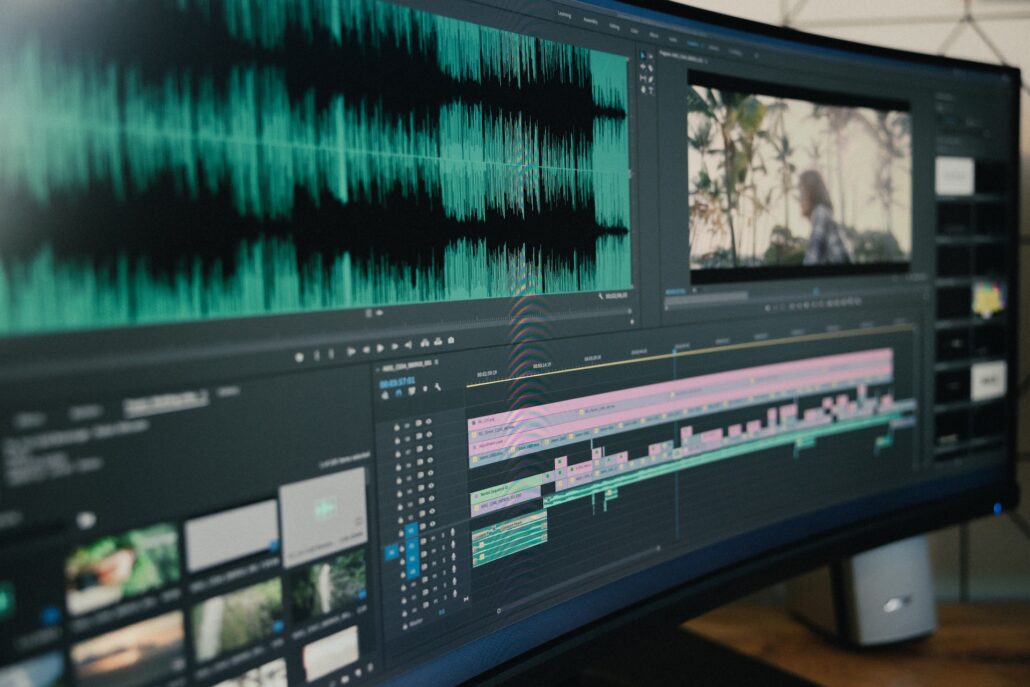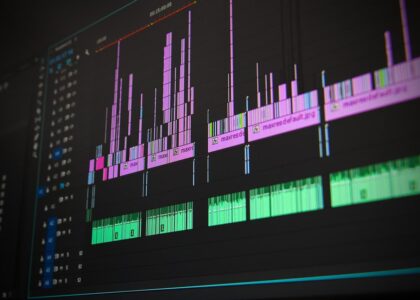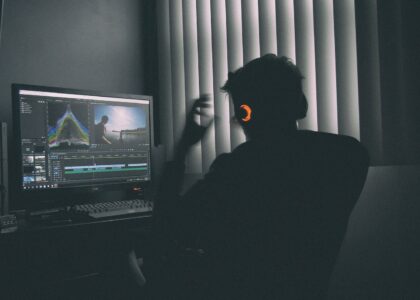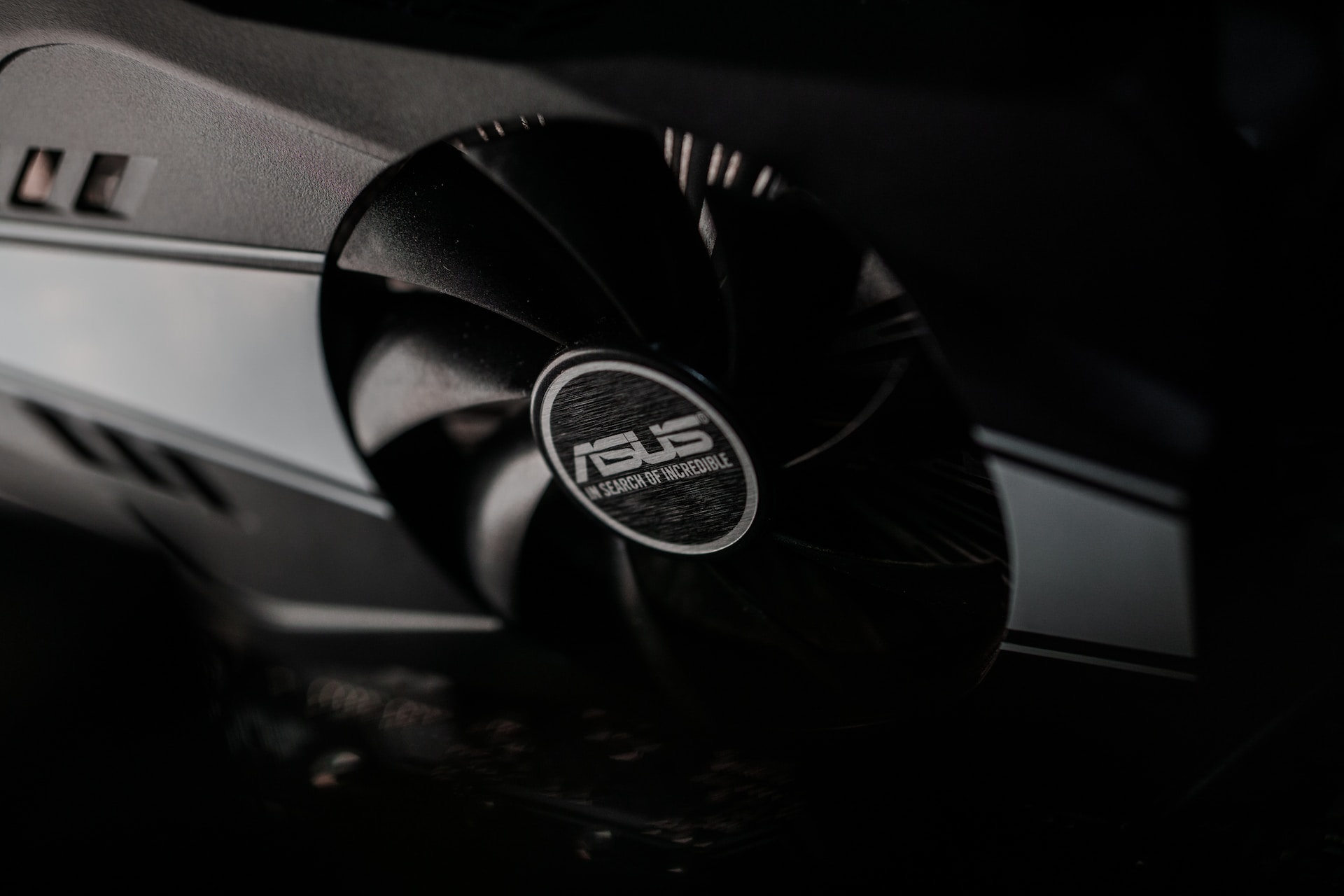You need to ensure that the capture card is compatible with the video source in terms of the video transmission method used.
Most countries around the world have adopted one of the broadcast television standards: NTSC (America and Japan), PAL (Europe), or SECAM (France and the former USSR). Each country sells video equipment that is capable of working with the television standard accepted in that country. If you are using equipment purchased in another country, be sure to check in the documentation of your equipment that your video source and capture card are capable of working in the same television standard.
There are also subtypes of TV standards such as PAL-B, PAL-D, PAL-G and so on. They differ not by the way the signal is encoded, but by its parameters (frequencies and widths of sub-bands). Capture cards are usually able to work with any subtype of the standard, it is only necessary to specify it when setting up the card: either the name of the standard subtype proper is specified, or the name of the country where this subtype of the standard is adopted for TV broadcasting.
Due to the fact that PAL and SECAM standards are very similar: both transmit 25 frames per second and encode the brightness component of the signal (black and white image) identically, the vast majority of video equipment widespread in our country is able to work with both standards – PAL and SECAM. For the same reason video cameras on our market work in PAL: the market in the former USA is not so big to develop a special SECAM version, and since all our TVs and VCRs support PAL, there’s no need to.
NTSC uses a different way of encoding the video signal, in particular it transmits 30 frames per second (to be more exact, 29.97 – although there are devices which transmit at exactly 30.00 fps). Most of the video equipment we use is not capable of working with NTSC. Often there are two versions of capture cards: for PAL/SECAM and separately for NTSC. Be sure to verify that your capture card is capable of working with your video source.
Low frequency blocks of all capture cards are universal and can digitize video signal of any standard delivered to the video input: you just need to set the correct frame rate (25 or 30 for NTSC). High-frequency blocks – TV receivers, on the contrary, are specific for every TV standard. So your capture card will only be able to record video from TV broadcasts in the standard (one or more) for which it is designed. We sell capture cards with PAL-D/SECAM-D standard, which is accepted in former USSR countries.
You don’t have to worry if you use a digital video source: a digital camera will do everything for you. The only difference is that video digitized from an NTSC signal will contain 30 frames per second instead of 25.
In the following text I will assume, for simplicity, that our video signal has 25 frames per second. In case your video has 30 frames per second, you just need to replace the corresponding numbers “25” with “30” and “50” with “60” – the rest of the information is still valid.
For more information, see other articles such as Television Standards: Descriptions, Characteristics.


